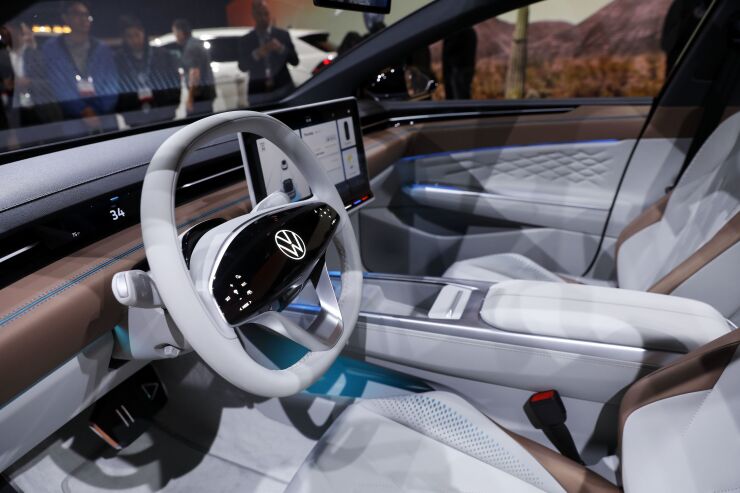Let’s get personal.
By now, auto insurers large and small are likely aware of growing consumer demand for personalization across the market.
“Personalization - or reaching customers with targeted messaging, offers, and pricing at just the right time - is the future of insurance marketing,” according to
Part of this push for personalization across auto insurance comes from witnessing other industries
Demand for personalized experiences can’t be ignored
If competing with digital disruptors isn’t enough of a reason for auto insurers to jump on personalized marketing, a
Of course, today’s pandemic era, which includes one of the
As
To meet these expectations, insurers must not only learn and relearn their customers’ needs and preferences but also eliminate data paralysis using the right AI-powered technology. With access to critical mobility risk insights, they can not only achieve effective targeted marketing efforts but also leverage additional solutions to enhance the overall customer experience. Here’s how.
Leveraging mobility risk insights
The most
The result? Publishers more effectively serve their customers, consumers have more trusted and convenient interactions with their insurers, and insurers can drive customer engagement and growth, ultimately resulting in long-term profitability and retention.
To that end, auto insurers can leverage critical mobility risk insights like distracted driving, hard turns, and more, turning them into effective personalized marketing campaigns. Here’s how it would work:
Trusted 'producers,' or app publishers like car buying platforms, can embed digital offers in their apps to offer added value to their users. Through these ads, consumers are prompted to start a quick and easy test drive experience that could mean big savings on their auto insurance. And with the help of the right Mobility Risk Intelligence provider, insurers can then score these test drivers based on specific driving behavior criteria, offer personalized quotes based on that behavior, and in turn acquire the safest drivers. Win, win, win.
Pricing fairly
Gathering critical mobility data to acquire ultra-preferred risk addresses another key issue raised by consumers: fairness in pricing.
Traditional risk factors have included demographic data like age, gender, zip code, and credit scores. Dubbed biased and unfair by consumer advocate groups, some states in the U.S. have
Offering personalized auto insurance quotes based on data around how consumers drive is just one way to reintroduce that element of fairness while boosting customer satisfaction and retention.
Thinking big: More value-adding experiences
Historically, auto insurers have faced a massive industry-wide problem: limited access to critical data. Newfound understanding of consumer driving behaviors via a Mobility Risk Intelligence (MRI) platform can help insurers provide even more value to their customers, beyond customer acquisition and fairness.
This involves targeting audiences based on mobility habits. Access to behavioral data like nighttime driving, weekend driving, distracted driving, and beyond can help insurers more effectively segment their customers, and offer incentives based on their behaviors. Now is the time for insurers to think big, leveraging new data to create multiple personalized product offerings.
What might some of these value-adding personalized experiences look like? For one, safe drivers that score well based on insurers’ specified criteria could be rewarded through loyalty programs (think: getting gift cards to their favorite brands). They might also enjoy competing with friends through gamified experiences. Rewarding specific behaviors in more customized, fun ways could help insurers’ keep risk low, while improving overall road and driver safety.
Looking ahead: The next iteration of personalization in insurance marketing
With the right technology partner, auto insurers can already start innovating to grow their overall business - all by using critical mobility risk insights.
From acquiring safer drivers to creating enjoyable, embedded customer experiences that encourage safer driving, opportunities abound for insurers to enjoy the first-mover advantage in the market.
But what more can be done with access to these driving insights as we look ahead? More specifically, what does the next iteration of personalization in auto insurance marketing look like?
We predict the emergence of big data platforms that will allow insurers to gain insights from millions of drivers. These will take into account not just driving behavior but also massive amounts of collision data and route safety analytics that will help insurers improve even further at targeted marketing - starting right at the point of sale.






